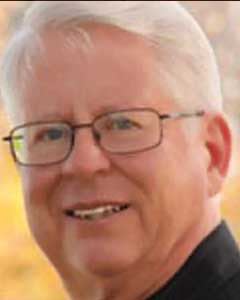Almost 50 years ago, as a Lutheran synod staff person, I worked with representatives of Anglican, Presbyterian and United churches to create a viable model for church-planting across northern Canada. What started as the Leaf Rapids Ecumenical Parish in Manitoba has now been adapted to other isolated mining, mill-town and petroleum industry-support locations across the vast northern expanse of our nation.
Communities like Slave Lake (located in the boreal forest of northern Alberta, about 250km north and west of Edmonton but south of the Arctic and sub-Arctic tundra regions) lie well beyond the more heavily populated regions of southern Canada. Centres like Slave Lake and Fort McMurray have been in the news more recently because of huge forest fires that have ravaged them.
Mainline Canadian churches have developed differing ecumenical mission arrangements in different settings, but a basic principle tends to apply in all locations. The goal is to support a functional ministry that would be impossible for individual denominations to accomplish on their own.
Many ecumenically supported congregations like Slave Lake follow a call-pattern of rotating clergy from the co-operating denominations or are grateful when a suitable candidate from any of the support-churches is available. Living under these conditions can be both challenging and enriching for pastor and people alike. While they may appear quite similar from the outside in terms of spirituality and theology, they can range broadly in ministry practice from high-church Anglican through the more congregational United Church.
My wife, Marlene, and I recently had an opportunity to experience ecumenical church worship with our northern family in a unique way this past Christmas Eve at the St. Peter Ecumenical Church of Slave Lake—an Anglican, Lutheran and United Church of Canada shared ministry.
For one thing, we have never celebrated Christ’s birth in a location so close to the North Pole!
As newcomers to this congregation, we recognized things that the regulars might miss due to familiarity. Here are just a few observations.

It was Christmas Eve, and worship with candlelight at St. Peter’s held special meaning for people living in a cold climate with limited daylight. They seemed drawn together, both through worship and fellowship, in a way we in the South might not always experience. We felt welcome here at the time of the equinox.
Much could be said about the warm, big-hearted, invitational spirit of the incumbent (or presiding minister), the Rev. Dr. Blessing Shambare, who officiated seamlessly as priest, pastor and minister. Blessing and his family came to Canada from the Anglican Church in Zimbabwe after extensive missiological education in South Africa. Unquestionably, liturgical leadership reflected his Anglicanism while preaching-style evidenced his African cultural heritage. I hope to get to know Blessing better the next time we visit.
Our experience of St. Peter Ecumenical Church this past Christmas Eve was a special grace for me. It took me back to hopes and visions half a century old. It encouraged me to dream of even greater possibilities for what the future of the church in Canada holds.





